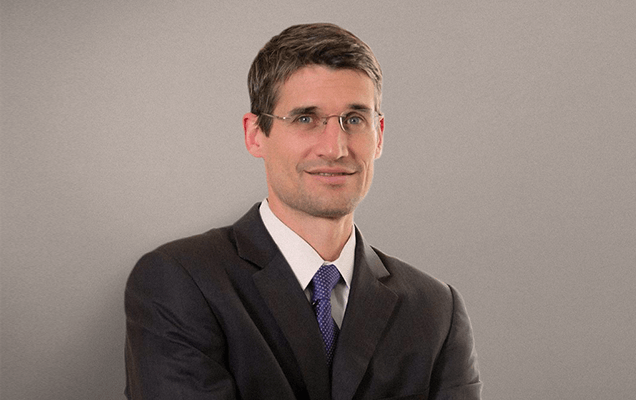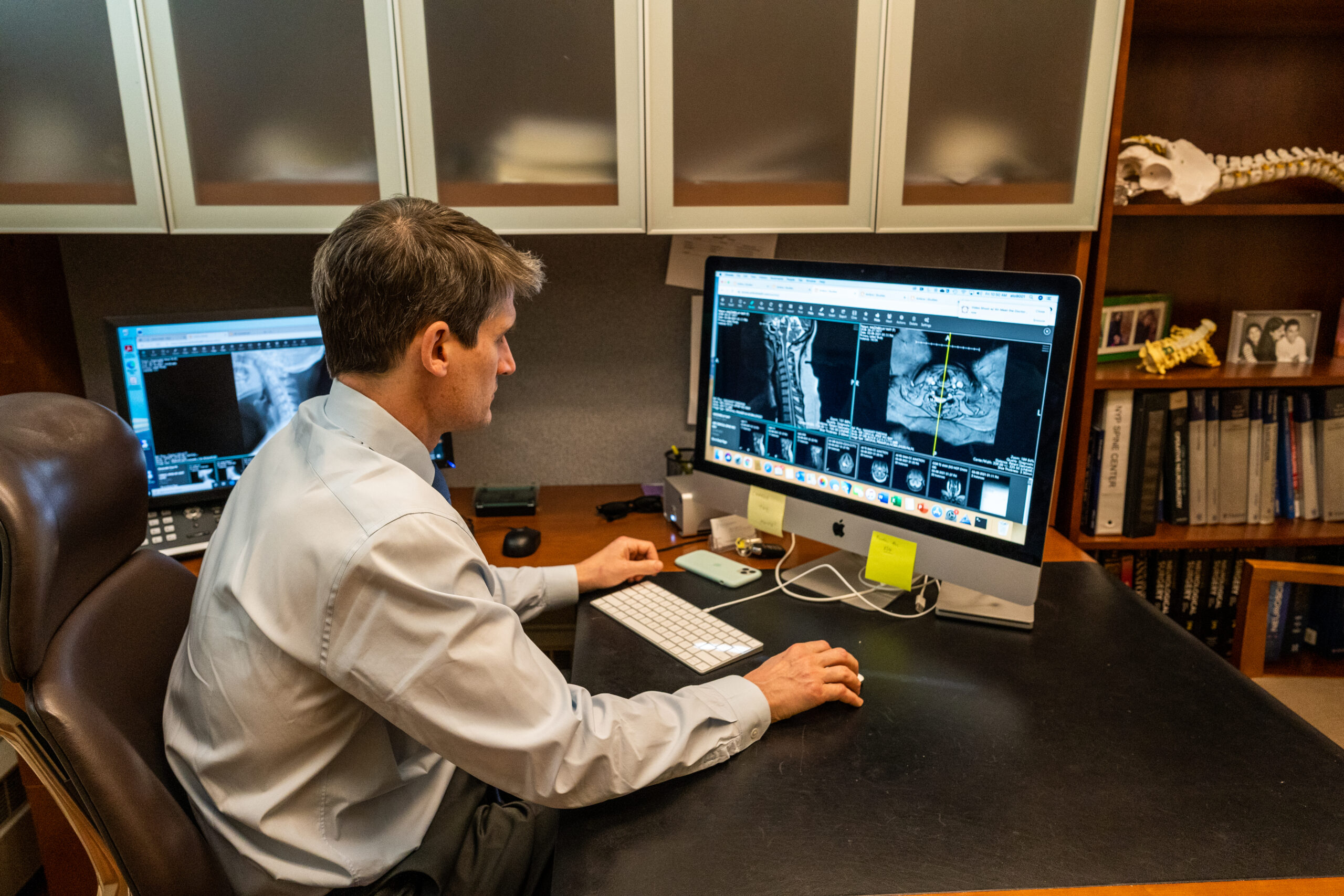Understanding Transforaminal Lumbar Interbody Fusion
What is TLIF?
A procedure that has revolutionized spine surgery and positively impacted the lives of many is Transforaminal Lumbar Interbody Fusion (TLIF).
In this article we will explain this procedure, shedding light on how it effectively treats degenerative disc disease, stabilizes the spine, and fuses the vertebrae to alleviate pain and improve mobility.
Understanding the TLIF Procedure
Transforaminal Lumbar Interbody Fusion (TLIF) is a surgical procedure aimed at addressing problems in the lumbar spine (lower back). These can be caused by degenerative disc disease or other conditions affecting the intervertebral discs. These discs act as cushions between the spinal bones (vertebrae) and facilitate smooth movement of the spine.
What happens during surgery?
- Gaining Access: During the TLIF surgery, the patient is placed under general anesthesia. To access the affected area, the surgeon creates a small incision in the lower back.
- Disc Space Preparation: The surgeon carefully removes the degenerated or damaged intervertebral disc to create a space between the adjacent vertebrae. This is a crucial step as it allows for the insertion of a bone graft later in the procedure.
- Nerve Roots Protection: Special attention is given to protecting the nerve roots surrounding the spine. The surgeon must delicately move these nerve structures away to gain access to the damaged disc while avoiding any unnecessary trauma to the nerves.
- Bone Graft Placement: To stabilize the spine and facilitate fusion between adjacent vertebrae, a bone graft is inserted into the empty disc space. The bone graft acts as a natural scaffold, promoting the growth of new bone and helping the vertebrae fuse together over time.
- Stabilization with Screws and Rods: To further stabilize the spine during the fusion process, screws and rods may be used. The surgeon carefully places screws into the vertebrae, and then the rods are attached to these screws to hold the spine in the desired position during the healing process.
Benefits and Risks:
Despite potential risks, the benefits of TLIF for patients suffering from degenerative disc disease or other lumbar spine conditions are substantial. Some of the key advantages include:
- Significant Pain Relief: TLIF is highly effective in relieving chronic back pain caused by degenerative disc disease. By removing the damaged disc and fusing the vertebrae, the procedure eliminates the source of pain and promotes long-term relief.
- Improved Spinal Stability: Fusion of the vertebrae provides enhanced stability to the spine, reducing abnormal movement and preventing further degeneration.
- Improved Mobility: As pain decreases and spinal stability improves, patients often experience enhanced mobility, allowing them to engage in daily activities.
- Quick Recovery: TLIF is a minimally invasive procedure, leading to smaller incisions, less blood loss, and a faster recovery time.
- Long-term Success: TLIF has demonstrated high rates of success and provides lasting pain relief improving quality of life.
It's time to get back to doing what you love.
Recovery and Post-Operative Care:
The recovery process after a TLIF procedure is critical for successful outcomes. Here are some essential points to consider during the recovery period:
- Hospital Stay: Patients typically remain in the hospital for a few days after the surgery for close monitoring and pain management. The medical team will also assess the patient’s ability to walk and move with assistance during this time.
- Pain Management: The doctor will prescribe pain medications to manage discomfort during the initial stages of recovery. As healing progresses, the need for pain medications will gradually decrease.
- Physical Therapy: Physical therapy plays a vital role in the recovery process. A physical therapy program will be designed to help patients regain strength, flexibility, and function. It is essential to follow the physical therapist’s instructions and attend all recommended sessions.
- Gradual Resumption of Activities: Patients should avoid heavy lifting, bending, or twisting during the early stages of recovery. These activities can strain the healing spine and interfere with the fusion process. Patients should gradually resume daily activities under the guidance of their healthcare providers.
- Follow-up Appointments: Regular follow-up appointments with your doctor are essential to monitor progress and address any complications that may arise.
Is TLIF surgery right for me?
The decision to undergo a TLIF procedure should be made after a thorough discussion with a qualified neurosurgeon, considering the individual patient’s condition, overall health, and lifestyle factors.
By following the recommended recovery guidelines and working closely with the healthcare team, patients can increase their chances of a successful outcome and a smoother recovery process.
If you are considering the TLIF procedure, it is essential to have a thorough discussion with your neurosurgeon to determine if it is the right option for your specific condition and needs.
Don’t suffer in pain! Contact our office today to schedule a consultation with one of our board-certified Neurosurgeons. Let us help you get back to your life!

About Dr. Alfred T. Ogden
Dr. Alfred T. Ogden is an accomplished neurosurgeon in North Jersey and is a proud member of Neurosurgeons of New Jersey, practicing out of their Ridgewood office conveniently located on East Ridgewood Avenue. Dr. Ogden is internationally recognized as a leader in minimally invasive spine surgery.






